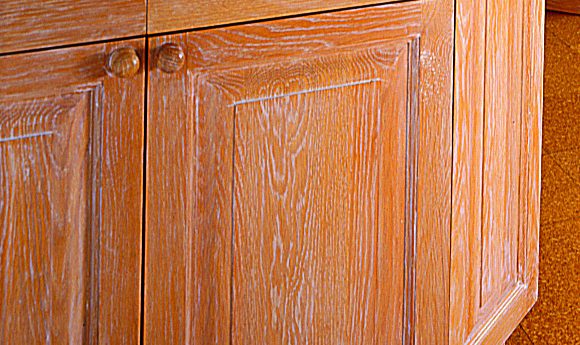Basics of Wood Finishing: Natural Waxes
Although natural oils do much to preserve the original color of the wood, they do however tend to darken the wood in most instances. For many woodworkers who have become accustomed to this look, this seems normal and appealing. There are some, however, would rather the wood remains in its light satin sheen. For these woodworkers, a wax finish could be the most ideal.
Classically used in woodworking for centuries as a finish which can guarantee that silky feeling on any piece of furniture, woodworkers can almost use any kind of wax to finish their workpieces. This ranges from beeswax to paraffin wax, which you may remember smelling on the wooden floors of your childhood home. Today, we will focus on the most common waxes used in woodworking today: Beeswax and Carnauba Wax.

Beeswax
Commonly found in most supermarkets and practical to grow and extract from the comfort of your garden, it is easy to guess why beeswax has been the trusted finish for woodworkers wishing to protect and refine their wood pieces. Beeswax can be used on raw wood to both provide a light natural sheen and protect the wood by seeping into the grain creating a waterproof coating that acts as a durable seal. Beeswax can also be applied to finished wood pieces as a way of continuously refining and protecting your wooden furniture.

Carnauba Wax
Indigenous to the northeastern regions of Brazil, Carnauba wax is extracted from the leaves of the carnauba palm tree to give you that tough and glossy shine which has been seen on outdoor decks for years. Carnauba wax is hard wax which provides a very glossy sheen whilst giving you a smooth and almost slippery feel especially when buffed. The hard quality of carnauba wax allows it to withstand the damage caused by sunlight, making it an ideal natural choice for pieces which will live in the outdoors.
The little to mild protection that waxes have to offer makes them very hard to use as an initial finish on raw wood. This is why for many, the wax is applied after pieces have initially been treated with a type of natural oil. Waxes tend to be easier to maintain and can be re-applied and buffed time after time to provide you that fine sheen which may tend to fade through time.
Waxes can be purchased in various forms. Depending on how you like to work, a woodworker has a choice of using either a paste or liquid wax. Both of these contain solvents in them which evaporate as the wax cures.
Helpful tip: Mineral spirits can be used to dissolve and remove almost all kinds of waxes from a wooden surface.
We have these Natural Waxes are available at Tools4Wood, buy yours today.



Comments
Add comment